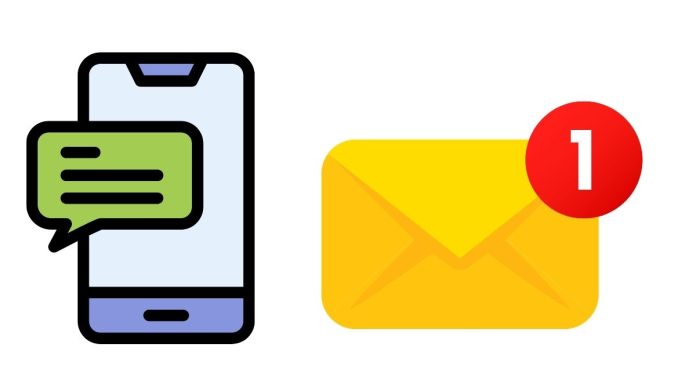The abbreviation “I-“ in a text message can have different meanings based on context, and it is not a standard abbreviation that has a fixed definition across all conversations. However, here are some potential interpretations:
1. Typo or Incomplete Message
- In many cases, “I-“ is simply the result of a mistyped or unfinished message. The person may have intended to start typing a word that begins with “I”, but accidentally pressed the send button too soon or didn’t finish the sentence.
- For example:
- “I-” could be the beginning of “I’m”, “I have”, or “I will”, but the message wasn’t completed.
2. “I” with Emphasis
- Sometimes, people might use “I-“ in text to emphasize that they are speaking about themselves. It could be an attempt to bring attention to their perspective, although this is not a widely used convention. It’s more of a stylistic choice or casual writing technique.
- For example, “I- just wanted to say thanks” could be a shortened way of emphasizing “I really just wanted to say thanks.”
3. “I” as Part of Abbreviations
- “I-“ might also be the beginning of a specific acronym or slang used in some subcultures or groups. In this case, it would depend heavily on the context and whether the sender and receiver have a shared understanding of that abbreviation.
4. Intentional Ellipsis or Pause
- Another possibility is that the sender is using “I-“ as an intentional pause or ellipsis (the beginning of a longer pause). The dash can suggest a trail off or the start of a longer thought that wasn’t fully expressed.
- For example, “I-” might imply the start of something like “I was thinking…” but was left incomplete.
Step-by-Step Example:
Let’s break down the possible use cases for “I-“ in a message:
Scenario 1: Typo or Incomplete Thought
- Text message: “I- will be there soon.”
- Possible meaning: The person meant to say “I will be there soon,” but their message got sent prematurely.
Scenario 2: Emphasis or Self-Reference
- Text message: “I- just wanted to say I appreciate everything.”
- Possible meaning: The speaker is emphasizing their personal feeling, similar to saying, “I really wanted to make it clear that I appreciate everything.”
Scenario 3: A Common Abbreviation or Slang
- Text message: “I- need to go now.”
- Possible meaning: In some texting communities, “I-“ might be shorthand for “I need” or another abbreviation that’s commonly understood between the sender and the receiver.
Scenario 4: A Pause or Thought-In-Progress
- Text message: “I- think we should talk more about this.”
- Possible meaning: The sender is starting a thought, but the message cuts off or trails off, potentially indicating hesitation or a pending clarification.
Conclusion:
The abbreviation “I-“ in text messages is typically the result of a mistyped or unfinished sentence, but it can also serve as an emphasis, a pause, or the start of an acronym. The exact meaning depends heavily on the context of the conversation and how the sender typically communicates. If you’re unsure of its meaning, it’s always a good idea to ask the sender for clarification.


